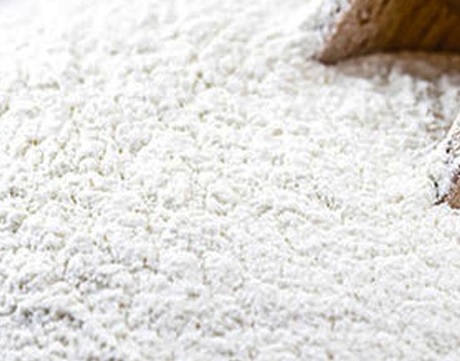Content:
- What is Tapioca Maltodextrin?
- Tapioca Maltodextrin Side effects
- Tapioca Maltodextrin Dangers
- Tapioca Maltodextrin Glycemic index
- Tapioca maltodextrin vs Corn maltodextrin
What is Tapioca Maltodextrin?
Tapioca maltodextrin is a carbohydrate derived from tapioca starch through a process called hydrolysis. This process breaks down the starch molecules into shorter chains of glucose molecules, resulting in a water-soluble powder with a neutral taste and smooth texture. Tapioca maltodextrin is commonly used as a thickener, stabilizer, and bulking agent in a variety of food products, including soups, sauces, desserts, and powdered beverages. Its ability to absorb and retain moisture makes it a valuable ingredient in dry mixes and powdered supplements.

Tapioca Maltodextrin Side effects
While tapioca maltodextrin is generally regarded as safe for consumption, some individuals may experience digestive discomfort or gastrointestinal issues, such as bloating, gas, or diarrhea, especially when consumed in large quantities or by those with underlying digestive sensitivities. It is essential to consume tapioca maltodextrin in moderation and be mindful of any adverse reactions.
Tapioca Maltodextrin Dangers
One potential concern associated with tapioca maltodextrin is its high glycemic index (GI). Foods with a high GI can cause rapid spikes in blood sugar levels, which may be problematic for individuals with diabetes or those trying to manage their blood sugar levels. Therefore, people with diabetes or insulin resistance should monitor their intake of tapioca maltodextrin and consider alternatives with lower GI values.
Tapioca Maltodextrin Glycemic index
The glycemic index (GI) of tapioca maltodextrin can vary depending on factors such as the degree of hydrolysis and processing methods. Generally, maltodextrins, including tapioca maltodextrin, have a high GI, ranging from 85 to 105 or higher. Foods with a GI of 70 or above are considered high glycemic index foods, while those with a GI below 55 are classified as low glycemic index foods. Due to its high GI, tapioca maltodextrin may cause rapid spikes in blood sugar levels and should be consumed in moderation, particularly by individuals with diabetes or those following a low-glycemic diet.
Tapioca maltodextrin vs Corn maltodextrin
Tapioca maltodextrin and corn maltodextrin are two common types of maltodextrin used in the food industry. While both are derived from different sources, tapioca, and corn starch, they share similar functional properties and applications as thickening agents, stabilizers, and bulking agents in food products. However, some individuals may have preferences or dietary restrictions that lead them to choose one over the other.









0 Comments